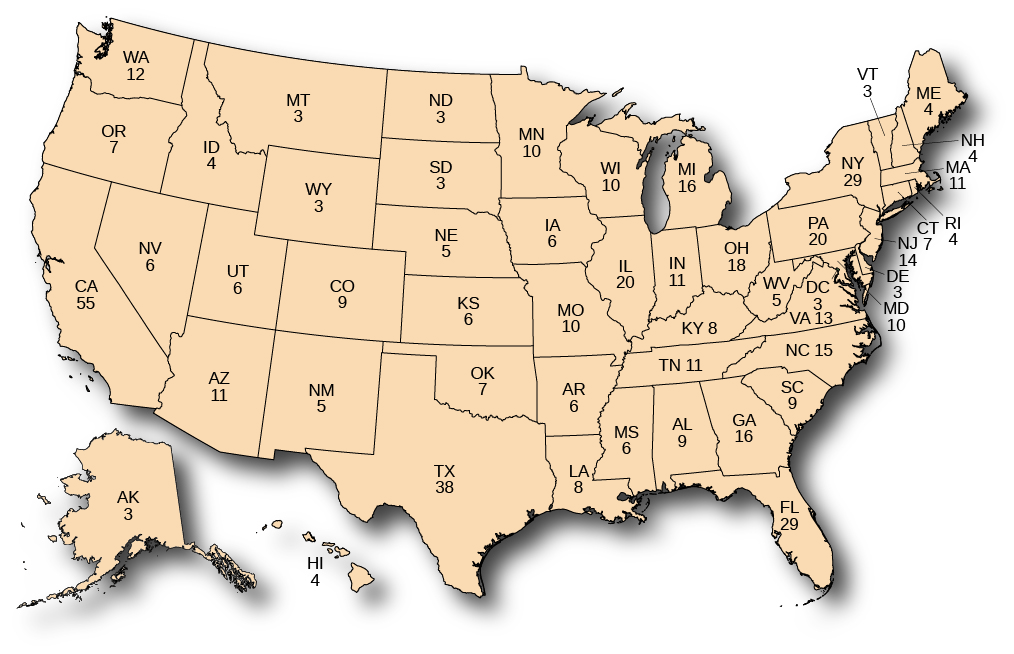| << Chapter < Page | Chapter >> Page > |
Debate and discussion continued throughout the summer. Delegates eventually settled upon a single executive, but they remained at a loss for how to select that person. Pennsylvania’s James Wilson, who had triumphed on the issue of a single executive, at first proposed the direct election of the president. When delegates rejected that idea, he responded with the suggestion that electors, chosen throughout the nation, should select the executive. Over time, Wilson’s idea gained ground with delegates who were uneasy at the idea of an election by the legislature, which presented the opportunity for intrigue and corruption. The idea of a shorter term of service combined with eligibility for reelection also became more attractive to delegates. The framers of the Constitution struggled to find the proper balance between giving the president the power to perform the job on one hand and opening the way for a president to abuse power and act like a monarch on the other.
By early September, the Electoral College had emerged as the way to select a president for four years who was eligible for reelection. This process is discussed more fully in the chapter on elections. Today, the Electoral College consists of a body of 538 people called electors, each representing one of the fifty states or the District of Columbia, who formally cast votes for the election of the president and vice president ( [link] ). In forty-eight states and the District of Columbia, the candidate who wins the popular vote in November receives all the state’s electoral votes. In two states, Nebraska and Maine, the electoral votes are divided: The candidate who wins the popular vote in the state gets two electoral votes, but the winner of each congressional district also receives an electoral vote.

In the original design implemented for the first four presidential elections (1788–89, 1792, 1796, and 1800), the electors cast two ballots (but only one could go to a candidate from the elector’s state), and the person who received a majority won the election. The second-place finisher became vice president. Should no candidate receive a majority of the votes cast, the House of Representatives would select the president, with each state casting a single vote, while the Senate chose the vice president.
While George Washington was elected president twice with this approach, the design resulted in controversy in both the 1796 and 1800 elections. In 1796, John Adams won the presidency, while his opponent and political rival Thomas Jefferson was elected vice president. In 1800, Thomas Jefferson and his running mate Aaron Burr finished tied in the Electoral College. Jefferson was elected president in the House of Representatives on the thirty-sixth ballot. These controversies led to the proposal and ratification of the
Twelfth Amendment , which couples a particular presidential candidate with that candidate’s running mate in a unified ticket.

Notification Switch
Would you like to follow the 'American government' conversation and receive update notifications?